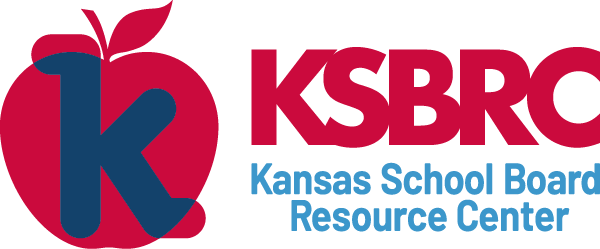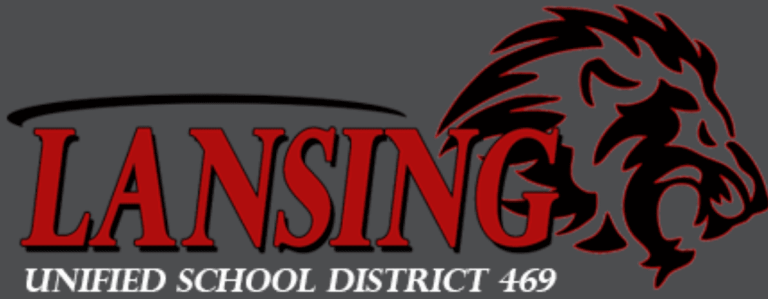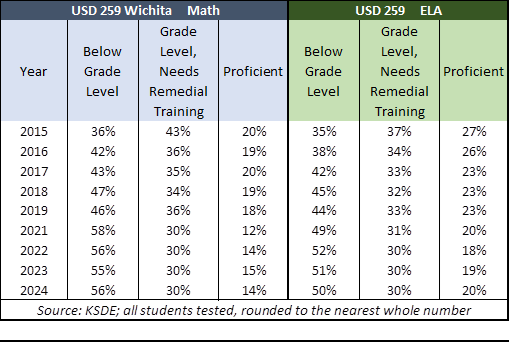The activists of Stand Up Blue Valley (SUBV) are working hard to protect the bureaucracy at students’ expense by pushing another set of deceitful and blatantly false claims to hide the truth about student achievement. Like most school districts, many students do very well, but that isn’t true for others, and SUBV seems intent on keeping it that way.
The first falsity may result from misreading the state Constitution, so I’ll give them a little grace. The Constitution does not “mandate that public schools be funded by the state,” as SUBV claims. Article 6 says, “The legislature shall make suitable provision for finance of the educational interests of the state.”
‘Make suitable provision’ is not the same as ‘shall fund.’ (Nor are “public schools” the same as “educational interests.”) The Legislature could provide for schools to be entirely funded by local property tax, but it allows for a mix of state and local funding. The most current Census data shows that states, on average, provide 45% of school funding; the local share is 44%, and federal funding makes up the balance. In Kansas, the state provides 66% of funding (the sixth highest allocation in the nation), and only 25% is local.
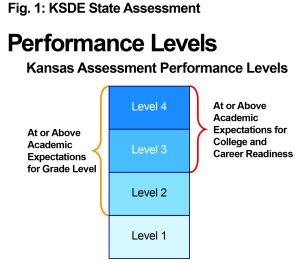
Other facts that disprove their angry narrative include:
- The Kansas Department of Education (not me) told the U.S. Department of Education that only Levels 3 and 4 are proficient on the state assessment.[1]
- Level 2 on the state assessment was defined as being at grade level when the state assessment was introduced to the Legislature in 2015. The state board of education in January 2016 adopted a definition of a successful high school graduate as having “the academic preparation to be successful . . . without the need for remediation.” Since Level 2 is not on track for college and career, those students, by definition, need some degree of remediation.

- KSDE introduced Levels 2, 3, and 4 are at or above grade level, which means Level 1 is below grade level. State officials later scrubbed the words ‘grade level’ from the published definitions, most likely because they grew weary of legislators and parents asking why so many students were below grade level. Saying students in Level 1 only have “limited ability” may be a gentler description that makes state officials feel better, but it is a disservice to parents and students. Even the State Supreme Court in March 2017 said, “Level one is students who are not performing at grade level in the given subject.”[2]
SUBV also falsely accuses Kansas Policy Institute of “comparing current state assessments to scores pre-2015.” We do not; as we have consistently said, scores from different state assessment programs cannot be compared because the standards are different. But the tables below show that outcomes have been declining for some time.
We do, however, show pre-2015 results on the ACT and the National Assessment of Educational Progreess, both of which reflect disturbing statewide declines while funding has significantly increased.
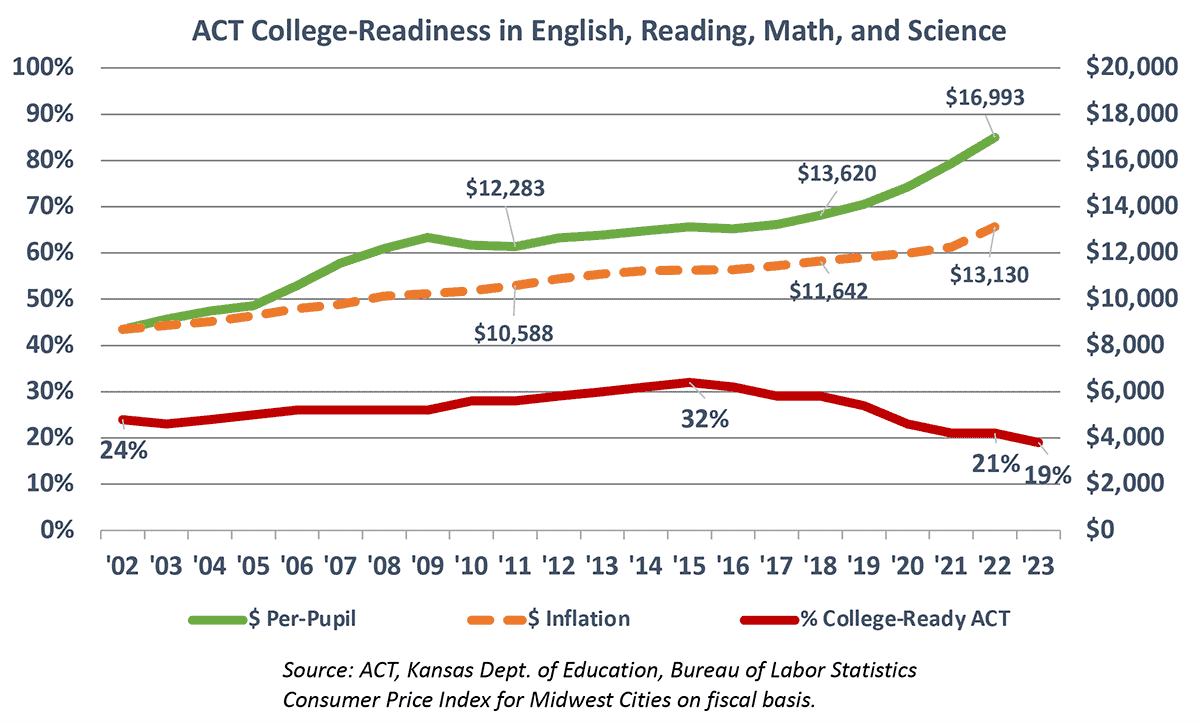
The following tables show the unfortunate reality of declining outcomes on the state assessment that SUBV doesn’t want parents to see; they never talk about actual results, just generic references to scores being ‘good’ or ‘better.’
The first table shows results for all students tested in grades 3-8 and 10. Achievement was declining pre-COVID and overall remains a bit lower than in 2019, with 13% below grade level and barely half of students proficient in math and English Language Arts.

The high school results are noticeably lower, and also below the pre-COVID outcomes that had been declining. Now, 21% are below grade level in math and less than half are proficient.

SUBV exists primarily to elect school board candidates who will do as the administration tells them and not rock the boat. They apparently have little time for following state law (the district does not allow school board members to perform their legally-required duty to conduct annual needs assessments in each school) and building a strategic plan for a laser-like focus on improving student achievement.
They should at least be honest about their motives and say that only having about half of students proficient is good enough for them.
________
[1] Kansas Department of Education, “Revised State Template for the Consolidated State Plan,” March 2017. ksde.org/Portals/0/ECSETS/ESEA/ KSconsolidatedstateplan01182018_Approved.pdf.
[2] Gannon v. State of Kansas, March, 2017, page 65.
